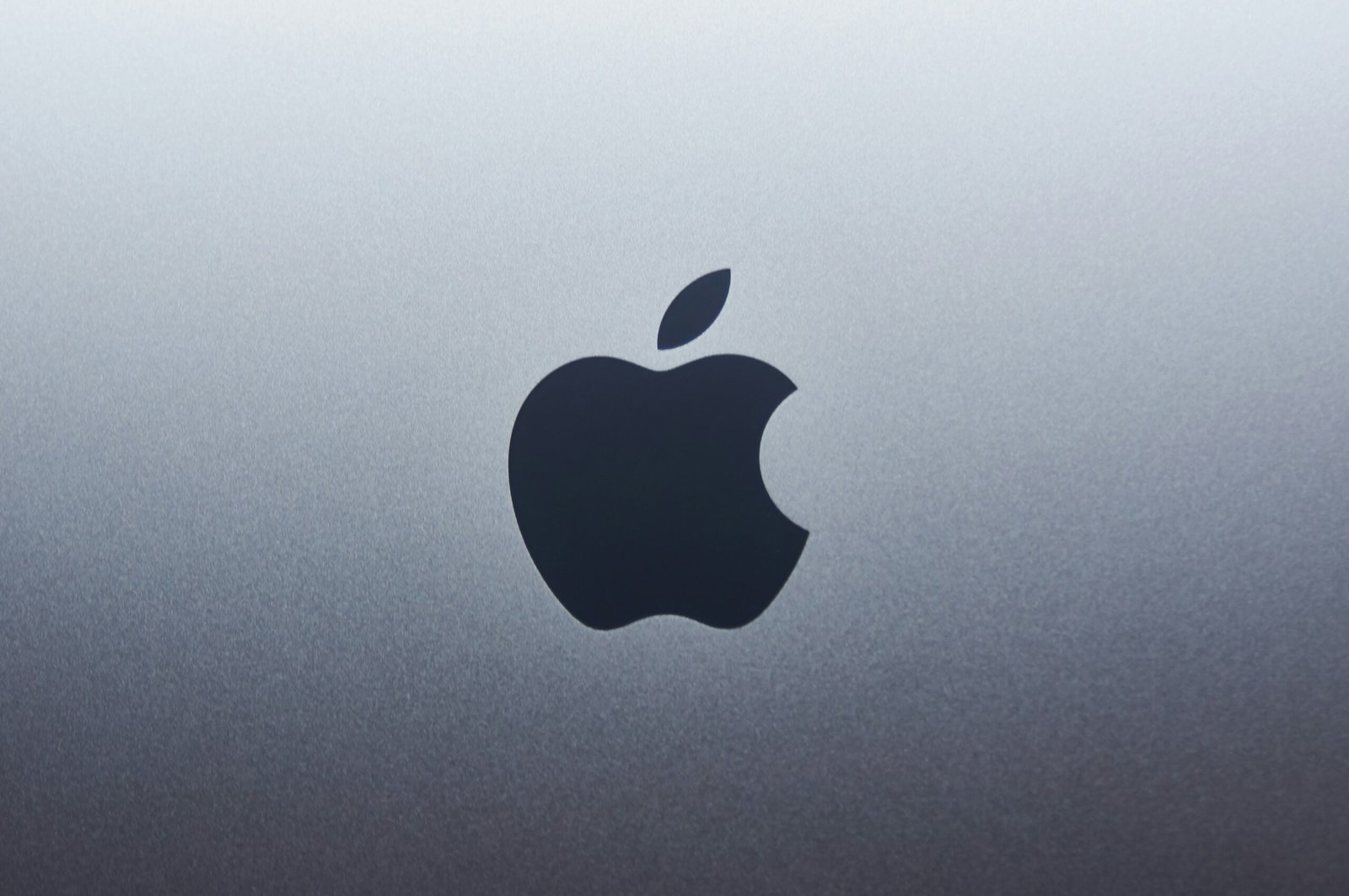2012: Apple Inc’s Market Cap Milestone
On 10th April 2012, Apple Inc. made history by reaching a market capitalization of $600 billion, solidifying its position as the world’s largest company by market value at that time. This significant achievement highlighted Apple’s unrivaled dominance in the tech industry, which was largely attributed to the immense success of its groundbreaking products such as the iPhone, iPad, and MacBook.
Apple’s rise to the top of the market cap rankings was not merely a result of its innovative technology, but also a testament to its ability to redefine consumer technology and its profound influence on global culture and communication. The company’s relentless pursuit of excellence and its dedication to creating revolutionary products have propelled it to unparalleled heights.
The Impact of Apple’s Products
The iPhone, introduced in 2007, revolutionized the smartphone industry. Its sleek design, intuitive user interface, and groundbreaking features set a new standard for mobile devices. With each subsequent iteration, Apple continued to push the boundaries of what was possible, captivating consumers and solidifying its position as a leader in the market.
The iPad, launched in 2010, transformed the tablet market and created an entirely new product category. Its larger screen size and versatility made it a game-changer for both personal and professional use. The iPad quickly became a must-have device for consumers and businesses alike, further contributing to Apple’s market dominance.
In addition to its hardware, Apple’s software and services have also played a crucial role in its success. The App Store, launched in 2008, revolutionized the way we access and download applications. It created a platform for developers to showcase their creations and allowed users to personalize their devices with a wide range of apps.
The Apple Ecosystem
One of Apple’s key strengths is its ability to create a seamless ecosystem that integrates its hardware, software, and services. This ecosystem allows users to seamlessly transition between their Apple devices, ensuring a consistent and intuitive user experience. Whether it’s syncing photos across devices, accessing files through iCloud, or using Apple Pay for secure transactions, the Apple ecosystem offers a level of convenience and integration that sets it apart from its competitors.
This focus on integration and user experience has been a driving force behind Apple’s success. By creating a cohesive ecosystem, Apple has fostered a loyal customer base that is deeply invested in its products and services. This customer loyalty, combined with the company’s relentless innovation, has been instrumental in its rise to the top of the market cap rankings.
The Global Impact of Apple
Apple’s influence extends far beyond its financial success. The company’s products have become cultural icons, shaping the way we communicate, consume media, and interact with technology. The iPhone, in particular, has become a symbol of status and innovation, with its sleek design and cutting-edge features capturing the imagination of consumers worldwide.
Furthermore, Apple’s commitment to sustainability and corporate social responsibility has also garnered praise. The company has made significant strides in reducing its environmental footprint and has set ambitious goals for renewable energy use and waste reduction. By leading the way in sustainable practices, Apple has set a positive example for other companies and has contributed to a more environmentally conscious tech industry.
In conclusion, the milestone achieved by Apple Inc. on 10th April 2012, when it reached a market capitalization of $600 billion, was a testament to the company’s unparalleled success and influence in the tech industry. Through its groundbreaking products, seamless ecosystem, and global impact, Apple has solidified its position as a leader in innovation and design. As the company continues to push the boundaries of what is possible, it is poised to shape the future of technology and redefine the way we interact with the world.

